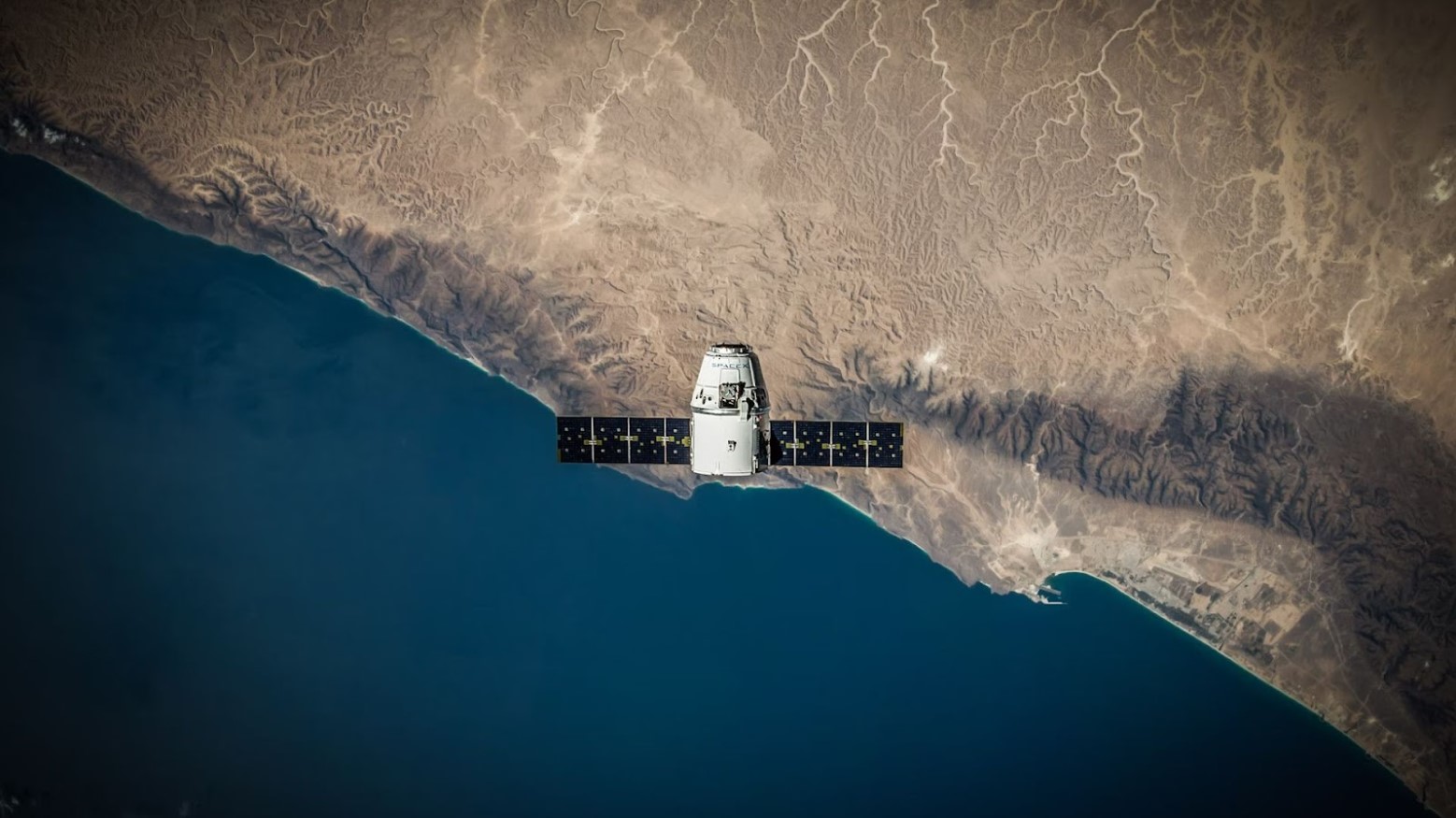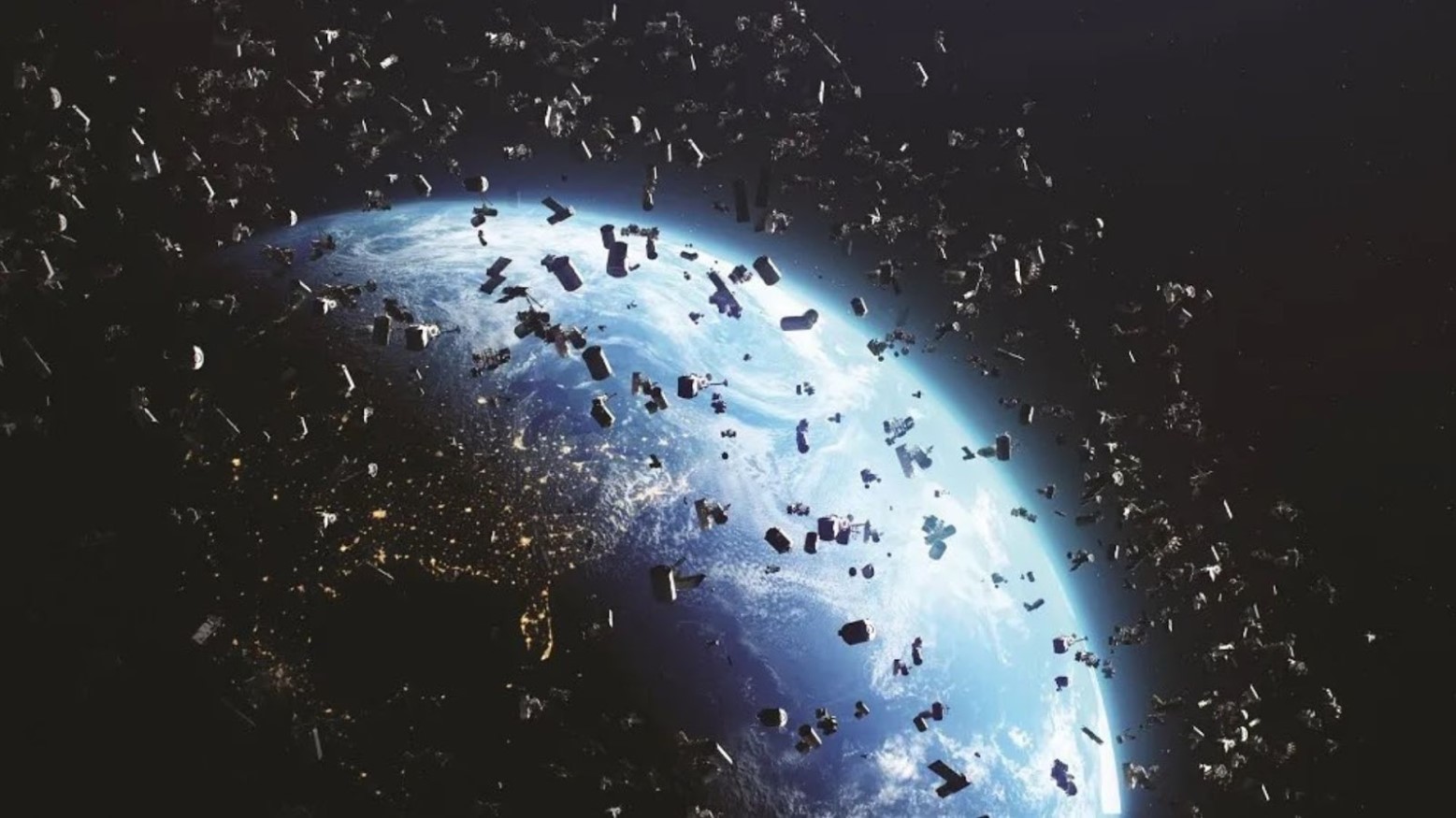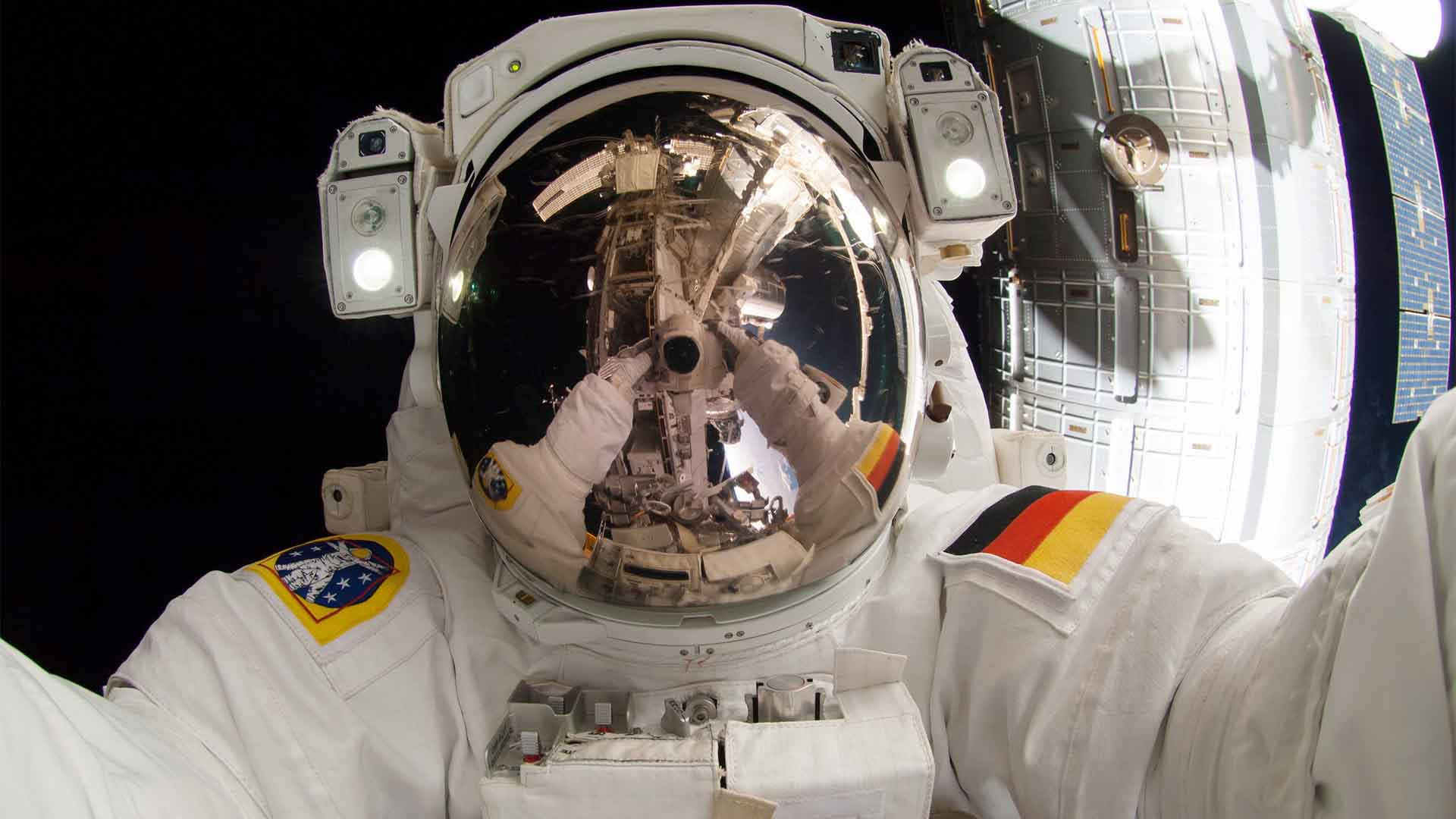Space Is Becoming an ‘Unsustainable Environment’ as Space Junk Piles Up
Although outer space might seem expansive, the debris-filled area surrounding Earth is creating a major issue.
According to the 2024 Space Environment Report by the European Space Agency (ESA), the clutter in Earth’s orbit is becoming a significant problem, with over 35,000 tracked objects, most of them debris larger than 4 inches.
ESA's Annual Space Environment Report
Since 2017, the ESA has published its Space Environment Report annually. The latest edition, released on July 23, 2024, highlights the alarming amount of debris orbiting Earth.

Source: Wikimedia
Despite efforts to control the accumulation, space junk continues to pile up, creating an “unsustainable environment in the long-term.”
Collision-Avoidance Maneuvers by SpaceX
SpaceX revealed that its Starlink satellites had to make nearly 50,000 collision-avoidance maneuvers over the past year. This highlights the increasing danger of space debris.

Source: SpaceX/Unsplash
In May 2024, debris from a Crew Dragon spacecraft landed in North Carolina, narrowly missing private residences, illustrating the risks posed by uncontrolled re-entries.
The Kessler Syndrome Threat
The Kessler Syndrome describes a scenario where collisions between space debris create more debris, leading to a cascade of collisions. This self-sustaining chain reaction could make space activities impossible for generations.

Source: Hopeful in NJ/Flickr
ESA’s data indicates that the probability of such events is increasing, posing a significant threat to space operations.
Impact on Space Missions and Astronomy
The growing amount of space junk endangers satellites, space missions, and astronomical research. Critical infrastructure like the Hubble Space Telescope and future observatories could be at risk.

Source: Aubrey Gemignani/NASA via Getty Images
Astronomers, who rely on clear views of the cosmos, face challenges due to the interference caused by debris.
Efforts to Mitigate Space Debris
Despite the grim outlook, efforts to combat space debris are intensifying. International collaborations and innovative technologies aim to address the issue.

Source: Alexander Gerst/ESA via Getty Images
ESA’s ClearSpace-1 mission, scheduled for 2025, will demonstrate active debris removal by capturing and deorbiting large pieces of space junk.
Commercial and Legal Challenges
Mitigation efforts face commercial and legal challenges. Companies like SpaceX must balance operational efficiency with adherence to space debris guidelines.

Source: Tim Peake / ESA/NASA via Getty Images
The lack of cohesive international regulations further complicates enforcement, requiring countries and corporations to navigate complex policies and interests.
Increased Uncontrolled Re-entries
2023 saw a significant increase in uncontrolled re-entries of space debris, with over 600 objects tumbling back to Earth.

Source: Cavna/The Glamping Collective
This rise is partly due to increased solar activity, which causes the upper atmosphere to swell, bringing low-Earth orbit objects down faster. This phenomenon led to more frequent and unpredictable re-entries.
Public Awareness and Policy Advocacy
Raising public awareness about space debris is crucial for fostering responsibility among stakeholders. Educational campaigns and policy advocacy can drive stricter regulations and international cooperation.

Source: @SpaceFabrics/X
Global organizations like the United Nations Office for Outer Space Affairs (UNOOSA) play a major role in mediating and enforcing agreements.
Technological Innovations in Debris Removal
Technological advancements offer hope for space debris mitigation. Innovative solutions like laser-based debris removal and robotic arms for capturing and deorbiting junk are in development.

Source: NASA via Getty Images
These technologies aim to reduce the amount of debris in space and prevent the Kessler Syndrome from becoming a reality.
Global Collaboration and Future Strategies
The path to a sustainable space environment requires global collaboration and strategic planning. Countries and private companies must work together to implement effective debris mitigation measures.

Source: The Glamping Collective
Future strategies may include stricter regulations for satellite launches and mandatory end-of-life disposal plans for satellites.
Where to Go From Here
The 2024 Space Environment Report shows the urgency of addressing space debris. While technological advancements and international collaborations offer hope, immediate and concerted action is needed.

Source: Wikimedia
The debris problem needs to be tackled with ingenuity and determination to ensure the long-term viability of space activities and preserve our cosmic neighborhood.
